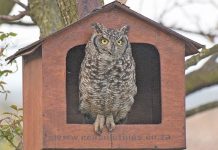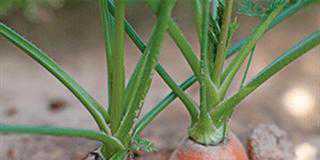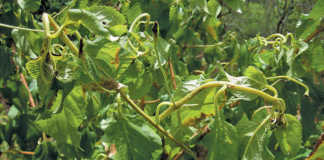Beetroot can be eaten fresh, stored or pickled, and can be enjoyed all year round. It’s a cold-weather plant that thrives in winter. Beetroot likes well-drained soil, with plenty of humus (from compost), but not fresh manure. The soil must not be too acidic. Don’t plant beetroot before the last frost.
Planting beetroot
Step 1
Loosen the soil deeply and take out all the clods. Sprinkle fertiliser and mix thoroughly with the soil. Apply one handful of 2:3:4 fertiliser for every 1m2. Don’t use kraal manure as this causes poor root development. If the soil is acidic, add the correct amount of lime.
Step 2
If you plant seed directly in the ground, soak it overnight in water before planting. Some people get better success when planting directly into the soil.
Step 3
If you plant in rows, leave at least 30cm between the rows. Plant the seeds at least 10cm apart and 3cm deep. Cover the seeds with fine soil and keep the soil moist until the seeds have germinated and you can see the emerging seedlings.
Step 4
Beetroot will grow in part shade or full sun. If in full sun, make sure the soil doesn’t dry out. After one month, add LAN topdressing and work it in lightly. Remove weeds regularly and look out for pests. Use the right chemicals or organic remedies to fight pests like aphids, leaf miners and flea beetles.
Step 5
Harvest after three months. Gently dig under the root with a trowel and lift the bulb out of the soil, taking care not to damage the skin. The less the bulb is damaged, the longer the beetroot can be stored for.
Sources: Agricultural Research Council-Vegetable and Ornamental Plant Institute.
The new complete book of self-sufficiency, by John Seymour.













